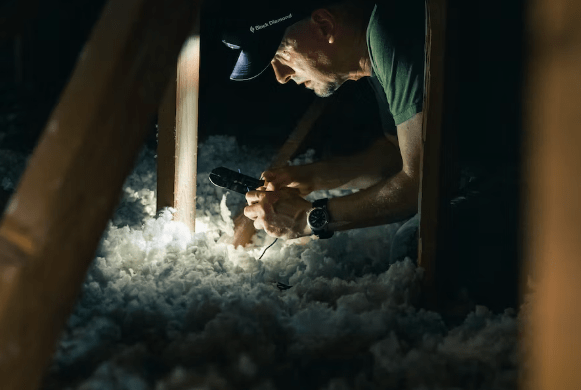
Thermal management is vital in every electronic product design. When choosing a thermal management product, testing it under-predicted use conditions is important.
Design for Cooling
When designing electronic products with high heat release, it is essential to incorporate equipment cooling strategies into the design phase. Incorporating thermal simulations and other thermal management techniques into the initial product design ensures the product can operate within its specified upper limit temperatures. If not, it must re-evaluate where necessary components are relocated, fans added, or other thermal management measures examined and implemented.
Aside from determining the maximum operating temperature for an electronic device, effective equipment cooling also includes consideration of heat transfer processes between components and the case. Installing thermal insulation sheets between cases and heat-susceptible components, for instance, is highly effective. Changing the case material to one with low thermal resistance will also improve cooling effects.
Other passive cooling strategies employed in a hot and arid region include:
- Building insulation.
- Louvre windows.
- Well-positioned and sized shading devices.
- Responsive landscaping design alongside light or reflective colors.
In addition to passive cooling, mechanical systems can also help keep buildings cool if appropriate designs are implemented.
Design for Thermal Vias
High-power components generate great heat during operation, which can quickly cause damage or even failure. You can use effective cooling methods like thermal vias to prevent these issues. With a proper layout and placement, these vias can be used to combat temperature rise and bring the temperature of active components closer to ambient.
These vias are filled with copper to improve their thermal conductivity. They also have a smaller diameter than standard PCB vias to minimize any signal integrity or EMI impact. They should be placed directly below the component to ensure maximum effectiveness. Various sources suggest (without much experimental verification) that the optimal via diameter is 0.30 millimeters, which should help to reduce the temperature differential between the component and the substrate.
You can also use thermal vias with other cooling strategies, such as ground planes and polygon pours. These features are essential in achieving effective thermal management on your circuit board.
Design for Active Cooling
To a certain degree, all electronic components dissipate heat through conduction and convection. A microprocessor or printed circuit board (PCB) can become scalding hot if this process needs to be carefully managed. Fortunately, several active cooling methods are available to help keep temperature levels in check.
One such method involves adding a cooling fan to direct heated air away from the component and into a ventilation outlet. Another technique uses pumps to circulate coolant fluids that absorb and carry away heat. A recent innovation is miniature heat pipes embedded in a PCB to remove heat from high-temperature components efficiently.
In energy generation applications, an active cooling system can control temperatures in fixed beds of catalysts. The technology allows the reactors to operate at a lower pressure and increase their conversion rate while maintaining fuel efficiency. This approach can significantly reduce carbon emissions. In addition, buildings can use passive cooling to minimize the need for mechanical systems that emit hot air and increase outdoor temperatures.
Design for EMI
A sudden increase in temperature can damage many different components. For example, it can lead to short circuits and physical damage to batteries and even cause fire or explosions in battery packs. This is why effective thermal management is critical for your electronic products.
You need to use effective EMI minimization strategies in your PCB design process to achieve this. One such strategy is to mind your spacing. For example, if two high-speed signals run in parallel, they may create cross-talk and cause EMI. Keep a minimum distance of twice the trace width between them to prevent this.
It would also help if you minimized impedance mismatching in your PCB. Unmatched impedances can lead to harmonics and overshoot, which increases radiated emissions. To minimize these, you should use matched impedances between the power supply, transmission line, and load. This will help ensure the highest possible power transfer and reduce radiated emissions. You can also improve EMI performance in your PCB by gridding it, which adds a ground plane to each signal trace and lowers their combined impedance.
Design for Materials
Many electronic components generate heat when they operate, causing their temperature to rise. To prevent overheating, these components must dissipate the generated heat effectively through conduction and convection and, to a lesser extent, through radiation. This is achieved through appropriate thermal management methods, such as cooling fans, heat sinks, and Peltier modules.
Effective thermal management is a fundamental requirement for equipment reliability. Dynamic thermal stress, caused by repeated heating and cooling cycles, causes micro-cracks in device structures and connections, which can eventually lead to outright breaks.
Achieving this requires understanding the thermal conductivity characteristics of the parts/materials used in a particular design, their comparison and examination, and their proper utilization. It also requires developing thermal simulation tools that can be utilized during product design to augment experimental efforts.



